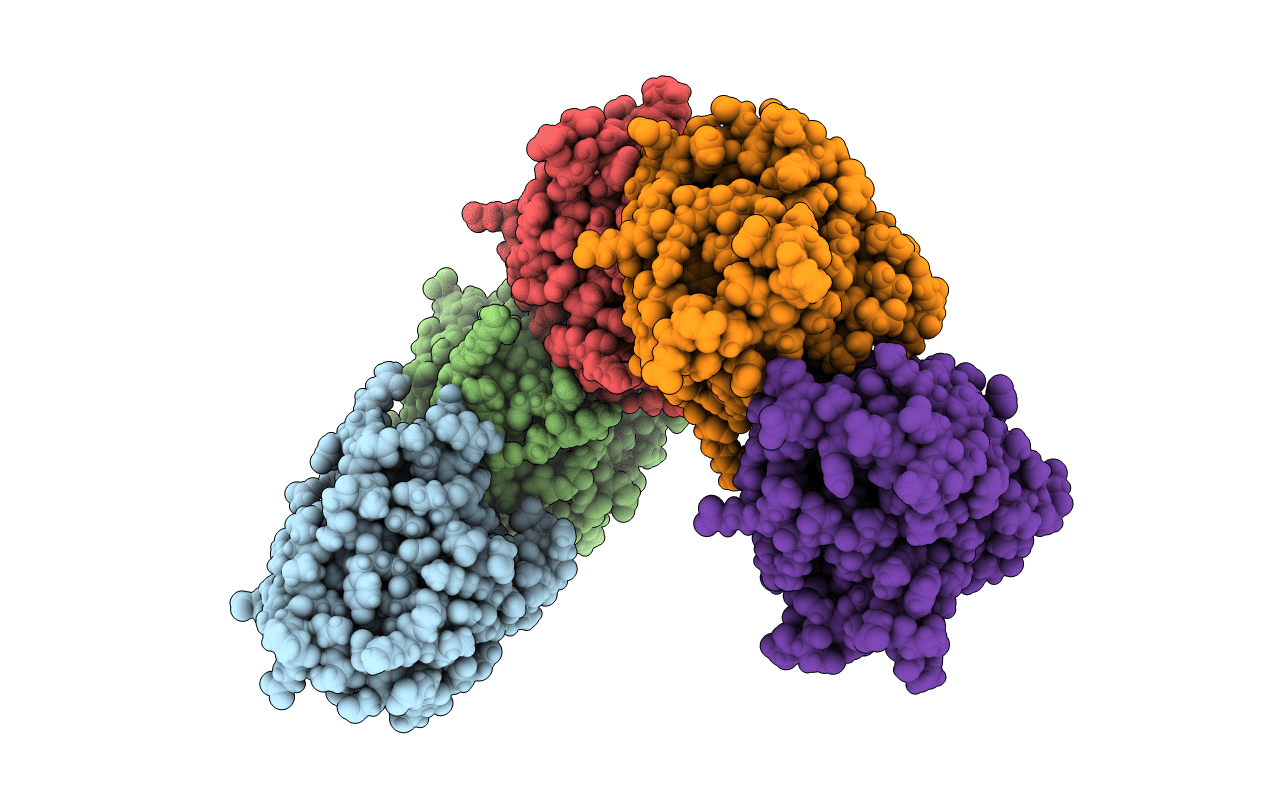
Deposition Date
2022-05-27
Release Date
2022-08-03
Last Version Date
2024-10-23
Entry Detail
PDB ID:
8A0D
Keywords:
Title:
Crystal structure of the major guinea pig allergen Cav p 1.0101 part of the lipocalin family
Biological Source:
Source Organism:
Cavia porcellus (Taxon ID: 10141)
Host Organism:
Method Details:
Experimental Method:
Resolution:
3.69 Å
R-Value Free:
0.26
R-Value Work:
0.25
R-Value Observed:
0.25
Space Group:
P 21 21 21


